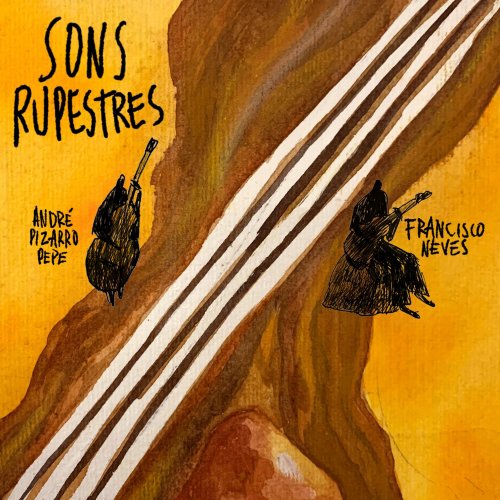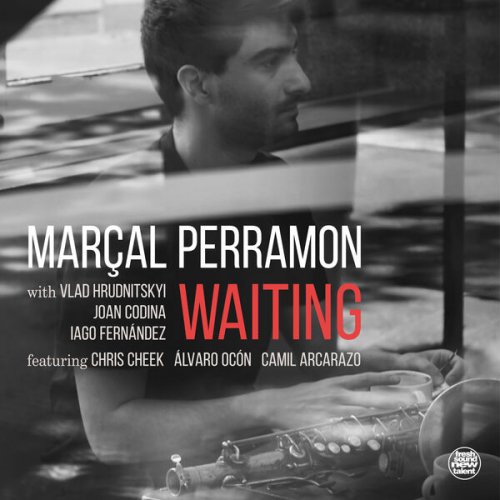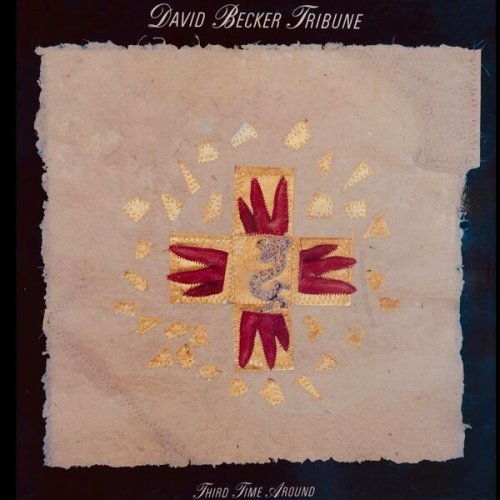János Starker - Dvorák & Bartók: Cello Concertos (2024)

Artist: János Starker
Title: Dvorák & Bartók: Cello Concertos
Year Of Release: 1991/2024
Label: RCA Red Seal
Genre: Classical
Quality: FLAC (tracks)
Total Time: 60:55 min
Total Size: 236 MB
WebSite: Album Preview
Tracklist:Title: Dvorák & Bartók: Cello Concertos
Year Of Release: 1991/2024
Label: RCA Red Seal
Genre: Classical
Quality: FLAC (tracks)
Total Time: 60:55 min
Total Size: 236 MB
WebSite: Album Preview
01. Cello Concerto in B Minor, Op. 104 : I. Allegro
02. Cello Concerto in B Minor, Op. 104 : II. Adagio ma non troppo
03. Cello Concerto in B Minor, Op. 104 : III. Allegro moderato
04. Viola Concerto : I. Moderato
05. Viola Concerto : II. Adagio religioso
06. Viola Concerto : III. Allegro vivace
Known as one of the great virtuoso cellists of the 20th century, Janos Starker built a career that lasted more than five decades. He prided himself on his technique, his style of playing and his musical intelligence. He performed works by such composers as David Baker, Antal Dorati, Bernard Heiden, Jean Martinon, Miklos Rozsa and Robert Starer, to name a few. Over the course of his musical career he played with all the major orchestras and appeared on every continent in recitals or concerts. He also had been broadcast on radio and television, and recorded more than 150 works.
Janos Starker was born in Budapest in 1924. He began studying the cello when he was six years old and teaching others to play at the age of eight; his public debut was in 1934. He left Hungary at the age of 22 and won the Grand Prix du Disque for his rendition of the "Kodaly Solo Sonata." With an invitation from Antal Dorati, Janos Starker went to the U.S. in 1948 to be first cellist with the Dallas Symphony Orchestra. His successful stint with the orchestra resulted in an invitation from Fritz Reiner to join the Metropolitan Opera, and finally led him to the Chicago Symphony Orchestra. While with the Metropolitan Opera, Starker recorded his first "Solo Suites of Bach" on the Period Records label. In 1957 he recorded all six suites of Bach and established new standards for the recordings of Bach.
In 1958, Starker decided to pursue a solo music career that included teaching. He became a Distinguished Professor at Indiana University's School of Music, and because of his fame and international recognition, his classes attracted string players from all around the world. His teachings included master classes, string seminars, and lectures and demonstrations.
In addition to his teaching and recording activities, Starker edited numerous cello pieces by Bach, Schubert, Bottermund, Beethoven and Dvorak. He published his own cadenzas and numerous articles for periodicals. His greatest accomplishment was the invention of the "Starker Bridge," a device that expands the quality and quantity of tone of stringed instruments. Starker also wrote about the most effective way to play a stringed instrument in his book An Organized Method of String Playing for Cello (and one for Bass); another educational tool is his recording The Road to Cello Playing.
In 1991, Starker signed an exclusive contract with BMG/RCA Red Seal and recorded Brahms, Sonatas for Cello and Piano, Martinu, Cello Sonatas and Strauss, Till Eulenspiegel/Don Quixote, Op. 35.
Starker received a Grammy nomination for his tribute to David Popper, a Czech cellist and composer, in 1990. He released Elgar and Walton Concertos, an album with Leonard Slatkin and the Philharmonica Orchestra. His time was spent touring, recording, and working in his studio on the Indiana University campus in Bloomington. ~ Kim Summers
Janos Starker was born in Budapest in 1924. He began studying the cello when he was six years old and teaching others to play at the age of eight; his public debut was in 1934. He left Hungary at the age of 22 and won the Grand Prix du Disque for his rendition of the "Kodaly Solo Sonata." With an invitation from Antal Dorati, Janos Starker went to the U.S. in 1948 to be first cellist with the Dallas Symphony Orchestra. His successful stint with the orchestra resulted in an invitation from Fritz Reiner to join the Metropolitan Opera, and finally led him to the Chicago Symphony Orchestra. While with the Metropolitan Opera, Starker recorded his first "Solo Suites of Bach" on the Period Records label. In 1957 he recorded all six suites of Bach and established new standards for the recordings of Bach.
In 1958, Starker decided to pursue a solo music career that included teaching. He became a Distinguished Professor at Indiana University's School of Music, and because of his fame and international recognition, his classes attracted string players from all around the world. His teachings included master classes, string seminars, and lectures and demonstrations.
In addition to his teaching and recording activities, Starker edited numerous cello pieces by Bach, Schubert, Bottermund, Beethoven and Dvorak. He published his own cadenzas and numerous articles for periodicals. His greatest accomplishment was the invention of the "Starker Bridge," a device that expands the quality and quantity of tone of stringed instruments. Starker also wrote about the most effective way to play a stringed instrument in his book An Organized Method of String Playing for Cello (and one for Bass); another educational tool is his recording The Road to Cello Playing.
In 1991, Starker signed an exclusive contract with BMG/RCA Red Seal and recorded Brahms, Sonatas for Cello and Piano, Martinu, Cello Sonatas and Strauss, Till Eulenspiegel/Don Quixote, Op. 35.
Starker received a Grammy nomination for his tribute to David Popper, a Czech cellist and composer, in 1990. He released Elgar and Walton Concertos, an album with Leonard Slatkin and the Philharmonica Orchestra. His time was spent touring, recording, and working in his studio on the Indiana University campus in Bloomington. ~ Kim Summers


![Xavi Torres - Amsterdam Magic (2025) [Hi-Res] Xavi Torres - Amsterdam Magic (2025) [Hi-Res]](https://www.dibpic.com/uploads/posts/2025-12/1766061682_cover.jpg)




![Elmer Bernstein - Movie and TV Themes (1962) [1987] Elmer Bernstein - Movie and TV Themes (1962) [1987]](https://www.dibpic.com/uploads/posts/2025-12/1766269303_folder.jpg)
